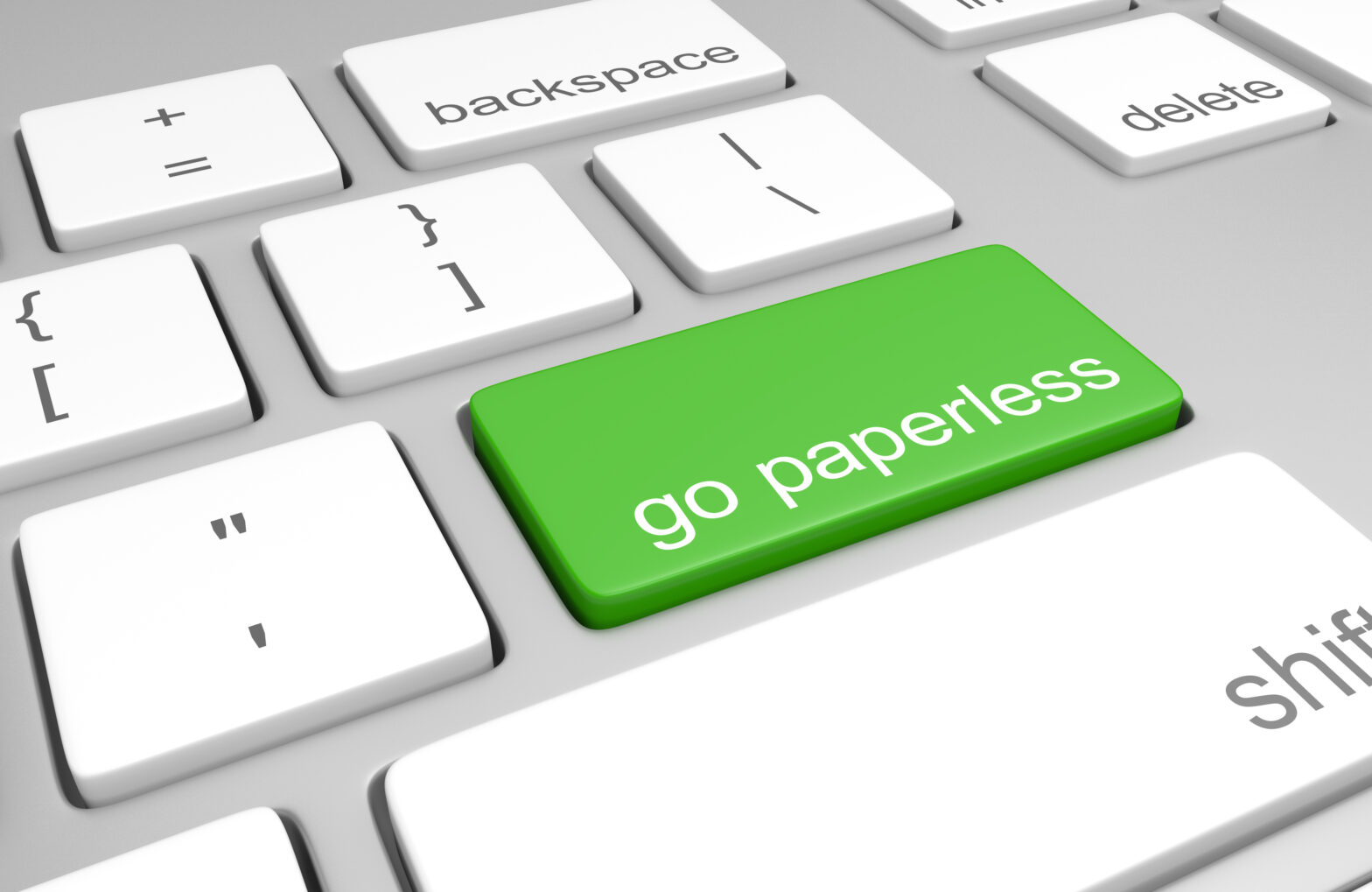It’s not unusual for start-ups and SMEs to be striving for the ‘paperless office’. We’ve known for some time that a paperless (or almost-paperless) office is more environmentally friendly than those that endlessly print on paper. And thankfully, it’s easier than ever to go paperless with the numerous pieces of software on the market and the advent of cloud technology.
But, is your business actually running a paperless office? Plenty aren’t, which means there’s lots of room for improvement. Here are a few ways that your start up or SME can benefit from a paperless office, with a few things to consider along the way:
Time efficiency
One of the biggest appeals of a paperless office is that ‘going digital’ can result in significant time savings. After all, it’s far quicker and easier to begin typing the name of a document into Google Drive’s search bar than it is to dig into filing cabinets or cardboard boxes – particularly if the document in question is a few years old. And, a quick ‘search’ function with a keyboard will take you to the precise piece of information you’re looking for in a document, meaning there’s no need to waste time reading paper documents in their entirety.
No storage issues
Traditional offices that print, file and store their paperwork soon find that they need extended office space just to store their documents, and the problem only worsens as the company continues to grow. Try to keep documents digitally wherever possible, and take the time to scan paper versions into an electronic format so that they can be stored in the cloud rather than in filing cabinets and folders.
Easy access
Start-ups and SMEs certainly find that paperless offices are a sensible way to work, especially when you consider the fact that more than one person tends to require access to documents. Use spreadsheets, Word documents and folders that are stored in the cloud so that you and your team can access them in real time without needing to be in the office. It makes perfect sense, especially if you want to take a collaborative approach to projects.
Improved customer service
The cumulative effect of all the benefits above is that it’s your customers who benefit. Quick access to documents, reduced overhead costs (such as physical office space) and optimised time efficiency means you’re operating with a system that’s the most likely to impress your customers (especially if you pass on some of the cost saving).
Simplified audit trails
A paperless office makes it easier to comply with the laws and regulations you’re subject to. For example, having all communications, accounting records, employee information, pieces of work (and more) in digital format ensures that it’s easy to demonstrate that you’re complying to the rules. And, it makes it easier to provide proof of compliance later down the line if you’re asked for it. With the new GDPR regulations coming into force this May, the argument for going paperless has never been stronger.
However, there are a few things to consider when small businesses and start ups are running paperless offices.
Take suitability for instance: some suppliers, contractors and other third parties will still want to be paid (or indeed pay) with secure cheques rather than via online payment.
Even the humble notepad has its place in meetings: writing by hand has shown to improve memory retention, suggesting that typing your notes straight up isn’t always the correct approach.
Scalability is another issue to consider. If you’re using particular pieces of software of cloud packages, ensure that you can increase your storage or add on extra functionalities as and when you need them. Security is a final – and serious – consideration for the paperless office. With so much sensitive information held online, it’s critical that your paperless systems are protected against breaches.
Those are just a few ways your SME or start up can benefit from a paperless office, along with a few points to consider.
Save money with paper cuts
In a best practice small office, employees will use as little as 15 sheets of paper a day compared to 100 sheets a day in a more profligate workplace.
Here are our ten top tips to help achieve best practice:
- Think before you print; do you really need to print that document or make so many copies of it?
- Set your printer to print on both sides of the paper by default. It will automatically reduce the amount of paper you use and thus reduce your paper budget.
- Use recycled rather than virgin paper.
- Use 80gsm paper sheets rather than thicker paper and avoid printing on flash paper unless you really have to.
- Encourage staff to re-use and recycle.
- Re-use scrap paper.
- Issue documents electronically rather than in paper form.
- Nominate a waste champion to implement and promote waste minimisation within the company.
- Set up an employee suggestion scheme to generate ideas.
- Use key performance indicators to set performance targets which can be measured.
How paperless is your office? And, would you like it to be more so?





